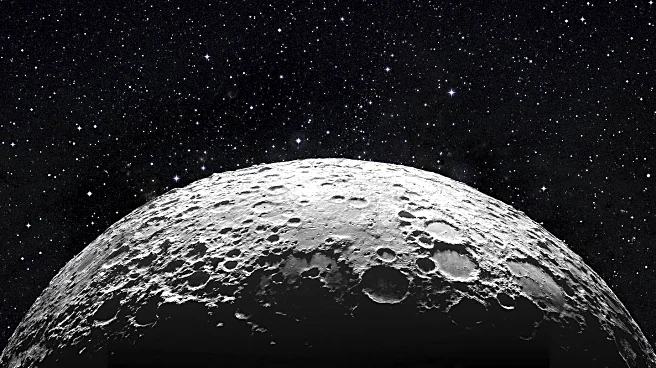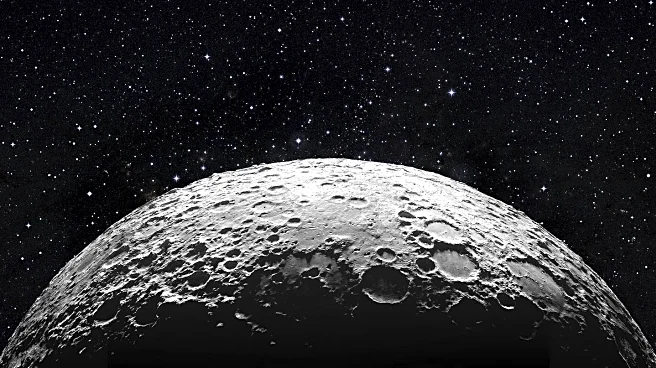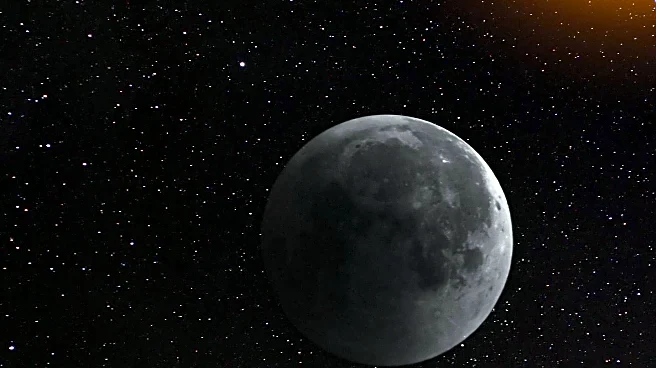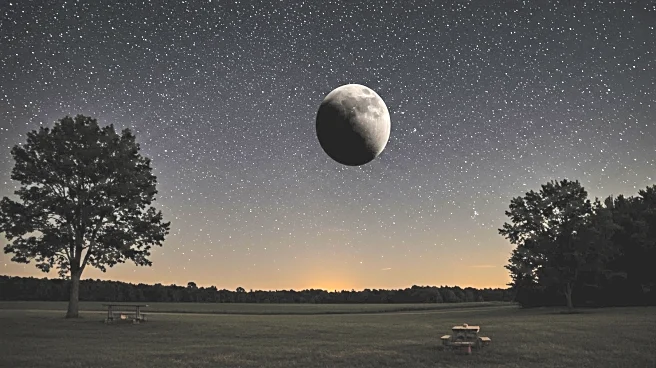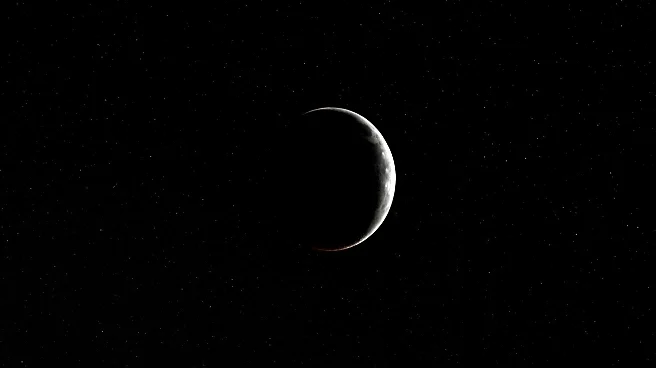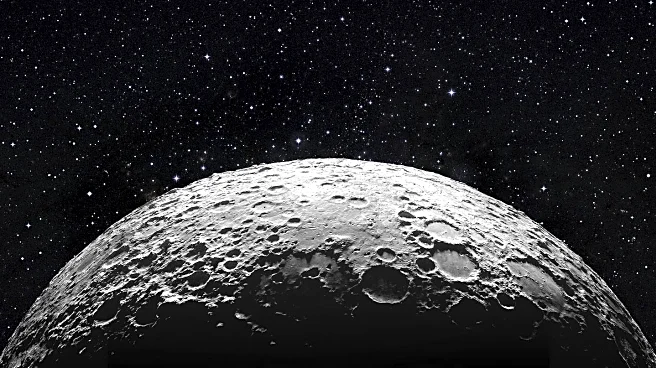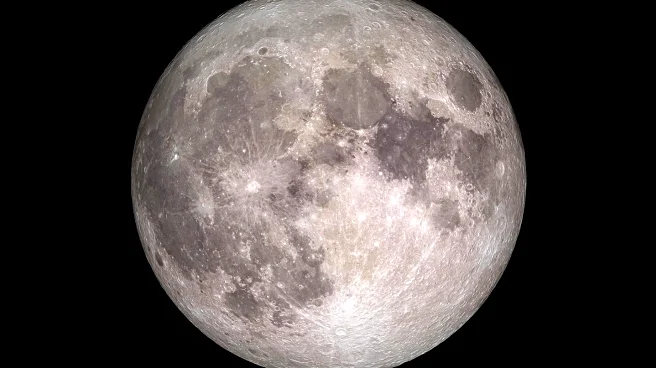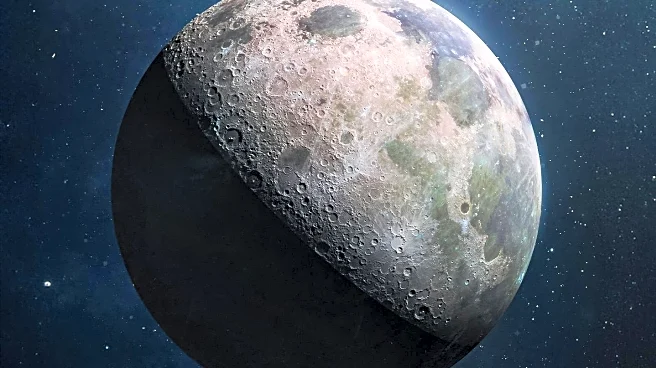Rapid Read • 7 min read
A rare astronomical event known as a 'black moon' is set to occur on August 23, marking the first such event since May 2023. This phenomenon, which happens approximately every 33 months, involves the moon passing through its new moon phase, rendering it invisible from Earth. The term 'black moon' is not officially recognized in astronomy but is used to describe the occurrence of a third new moon in a season that has four new moons. This event will not be visible to the naked eye, but it coincides with the final night of the Perseid meteor shower, offering a unique opportunity for stargazers. The next black moon is expected on August 31, 2027.
AD
The black moon is significant for astronomers and enthusiasts as it highlights the intricate cycles of lunar phases and their impact on celestial events. While the black moon itself is not visible, its occurrence during the Perseid meteor shower provides an optimal viewing condition due to the absence of moonlight, which can obscure the visibility of meteors. This event underscores the importance of understanding lunar cycles and their influence on other astronomical phenomena. It also serves as a reminder of the natural rhythms and patterns that govern the night sky, offering educational opportunities for those interested in astronomy.
The next black moon is anticipated to occur on August 31, 2027. In the meantime, astronomers and skywatchers can look forward to other celestial events that are influenced by the lunar cycle. The occurrence of a black moon can also prompt discussions and interest in lunar studies and the broader field of astronomy, potentially leading to increased public engagement and educational initiatives related to space science.
AD
More Stories You Might Enjoy
